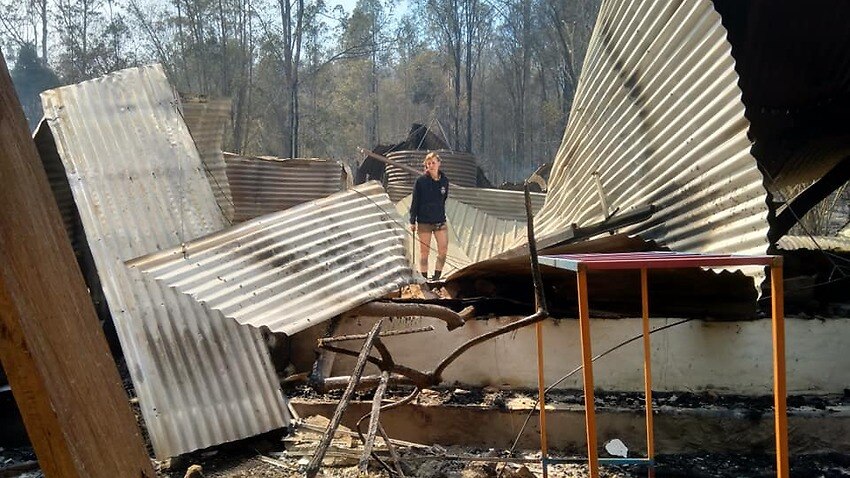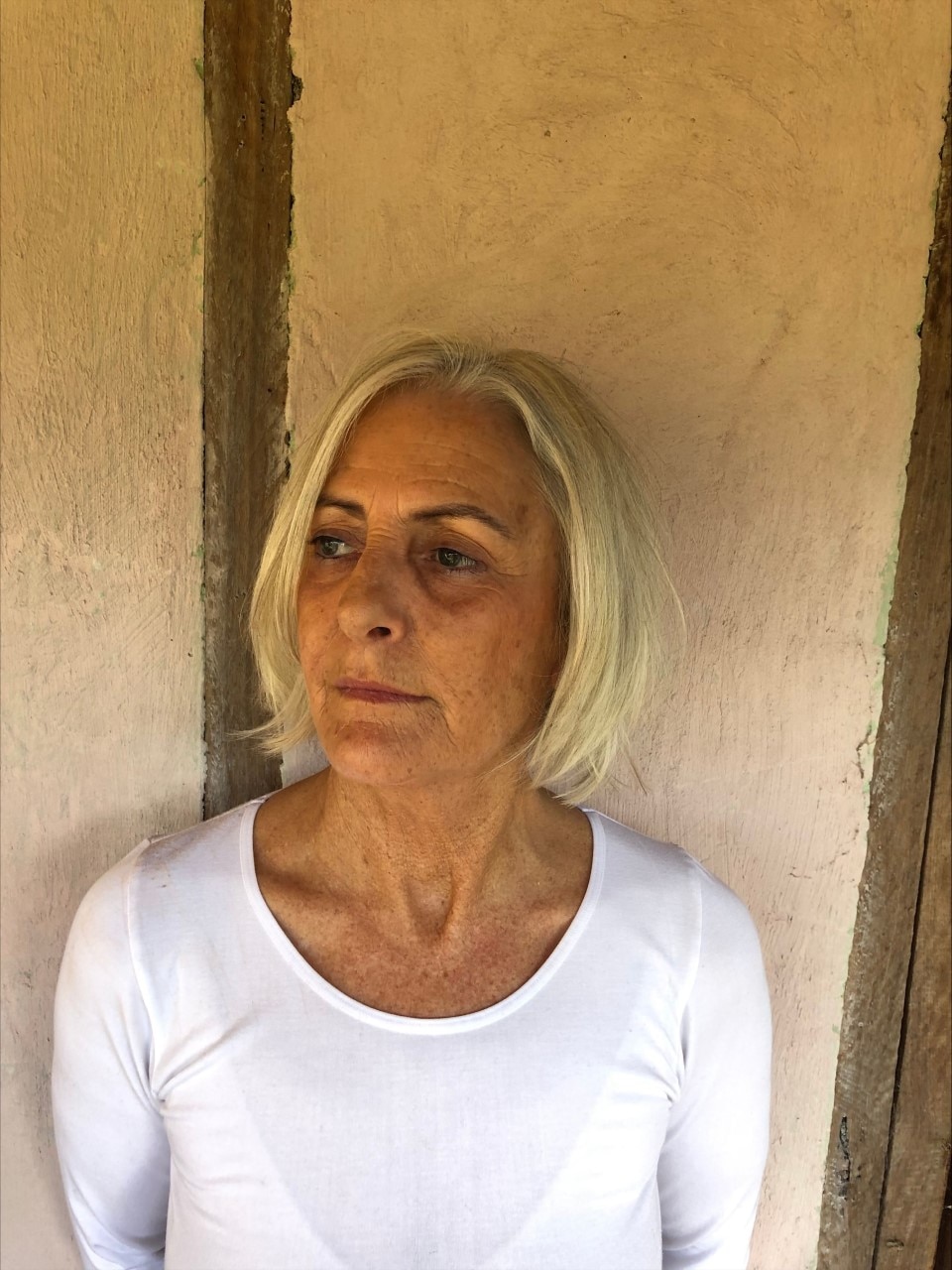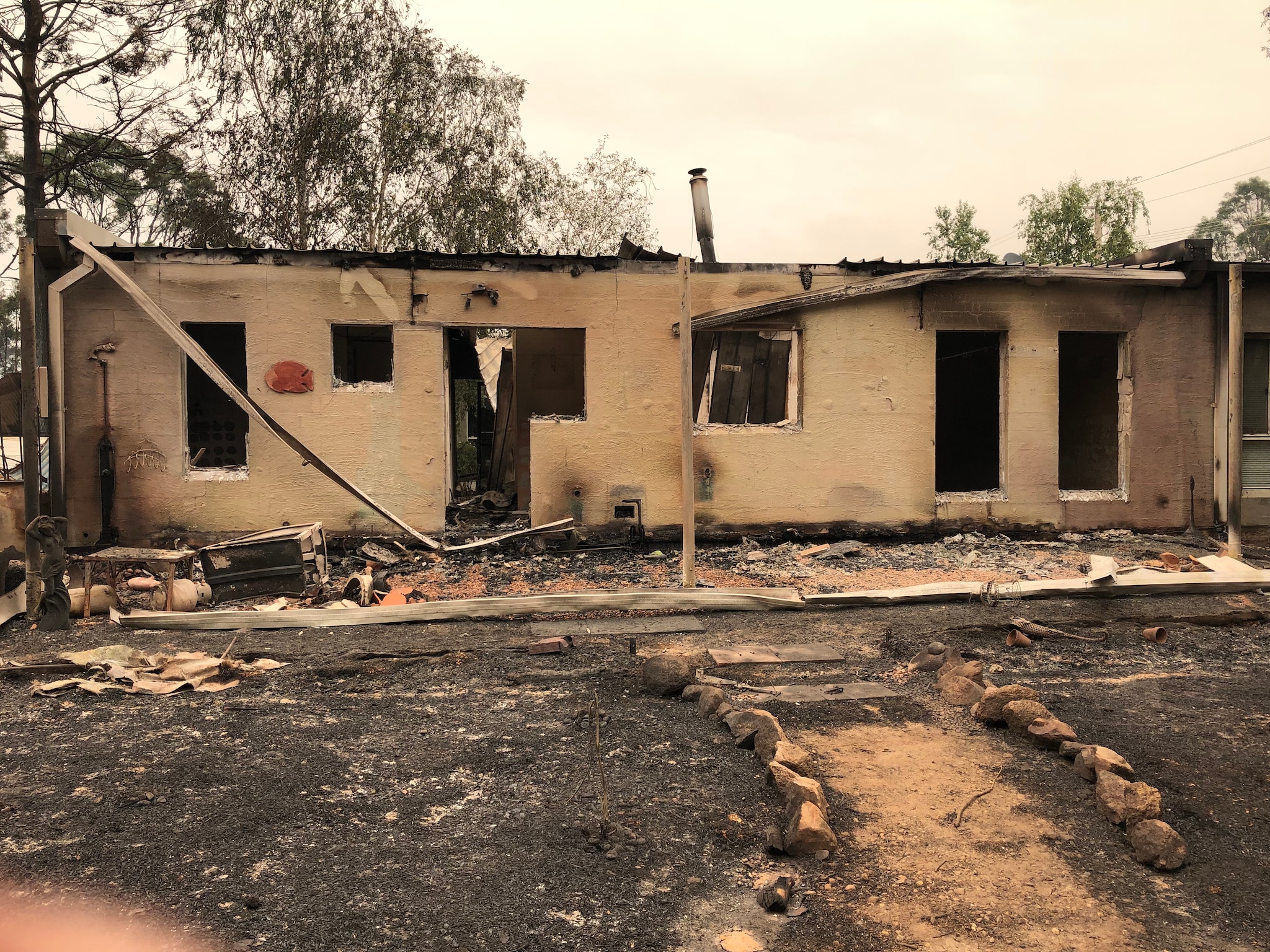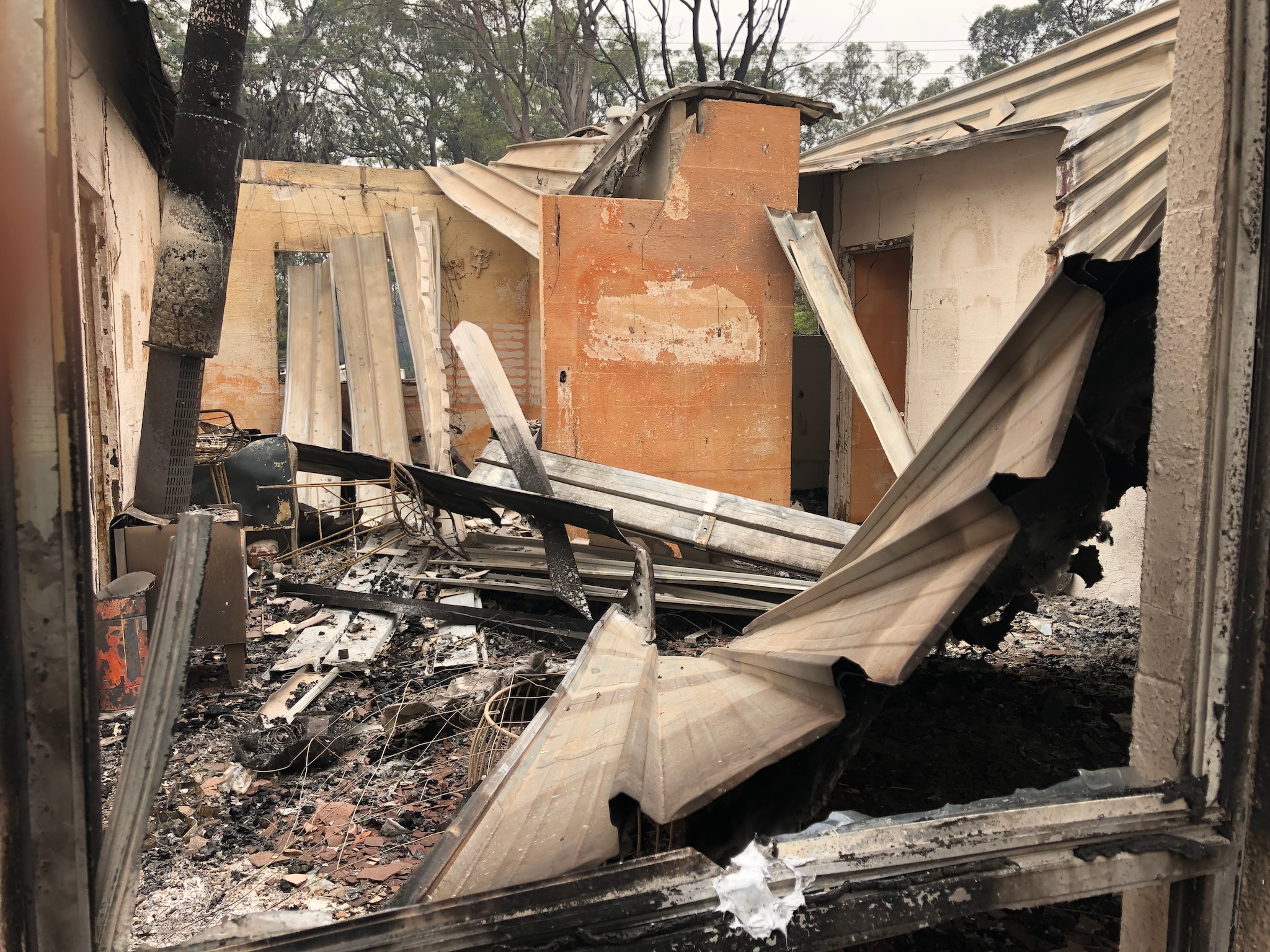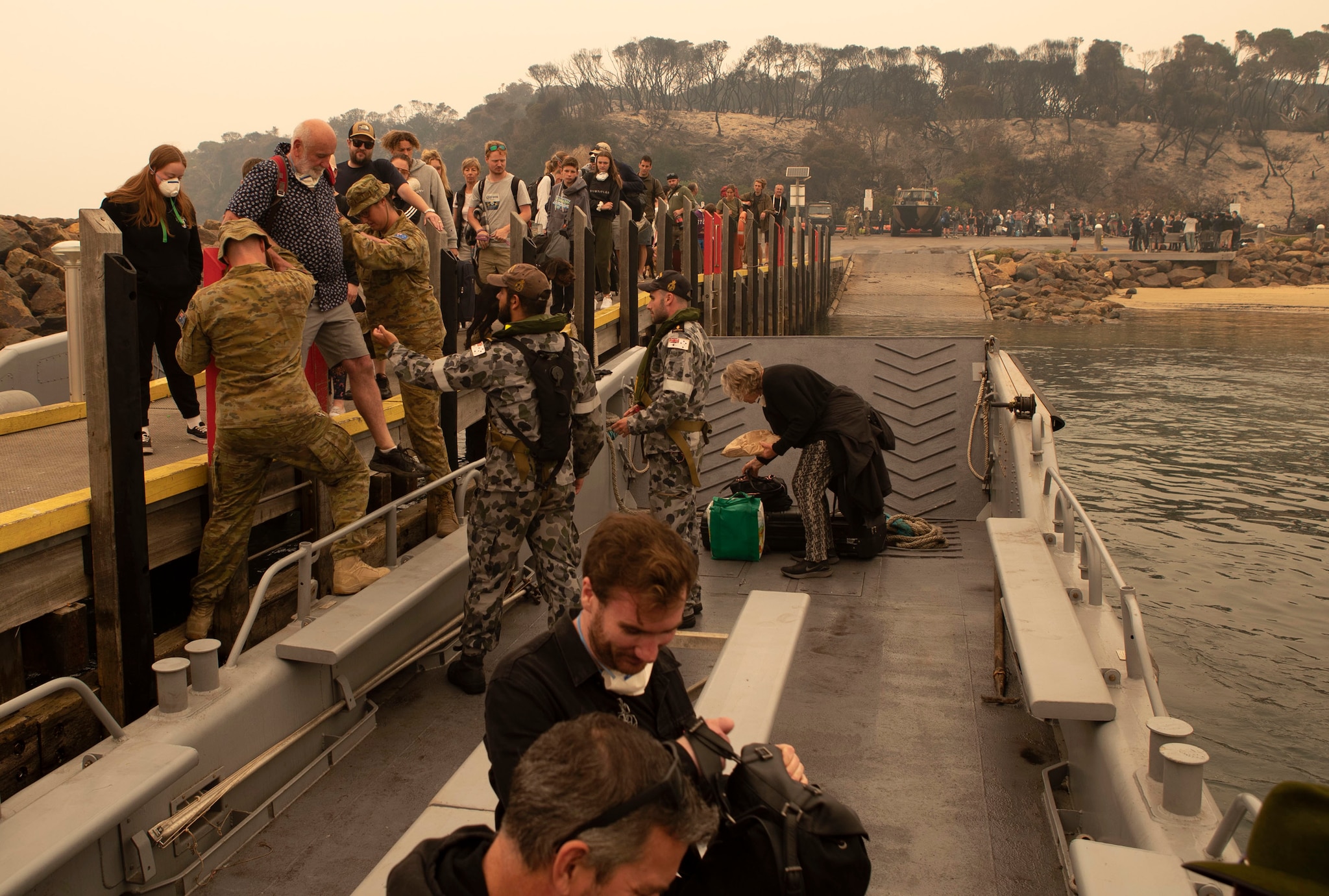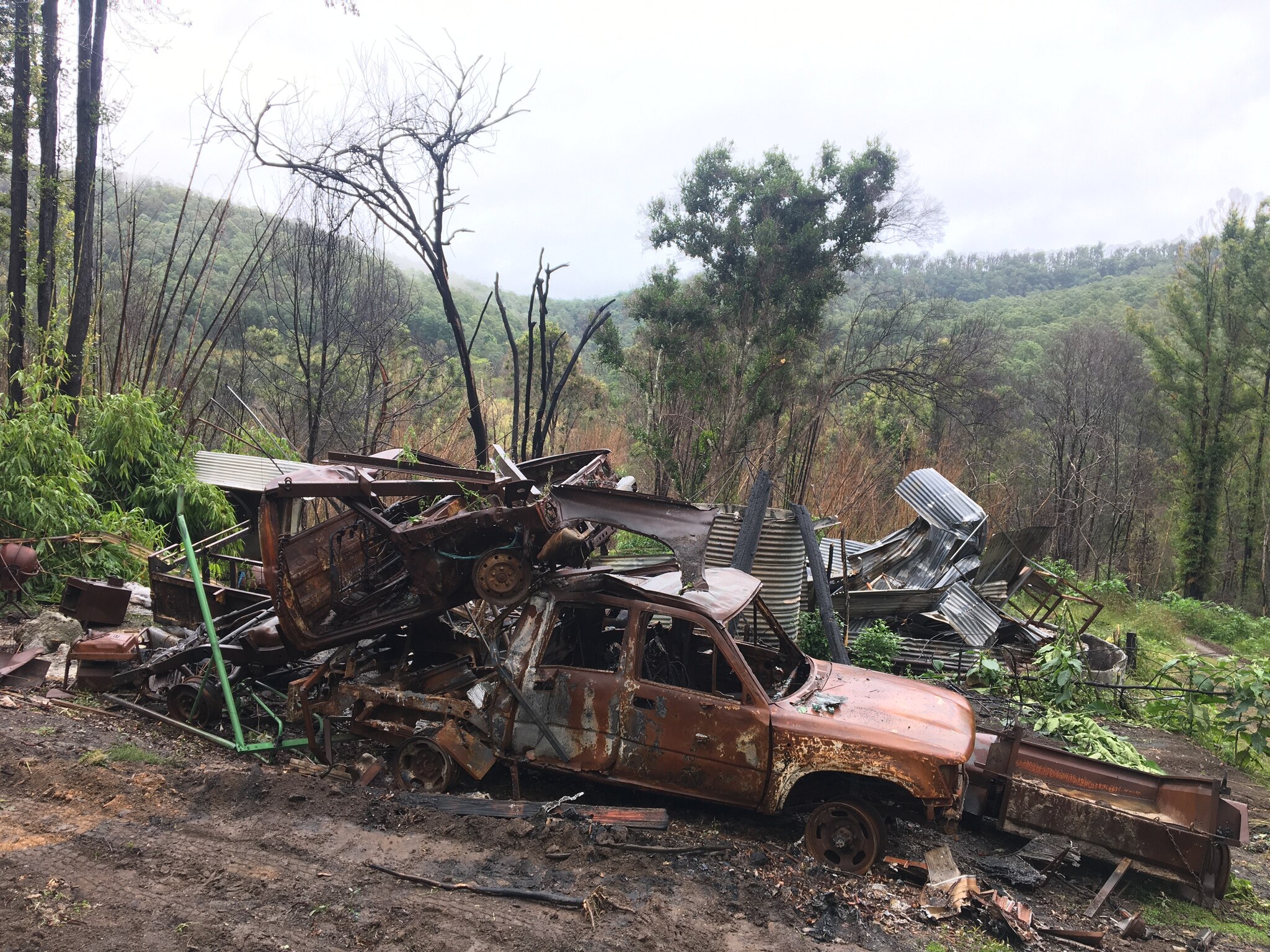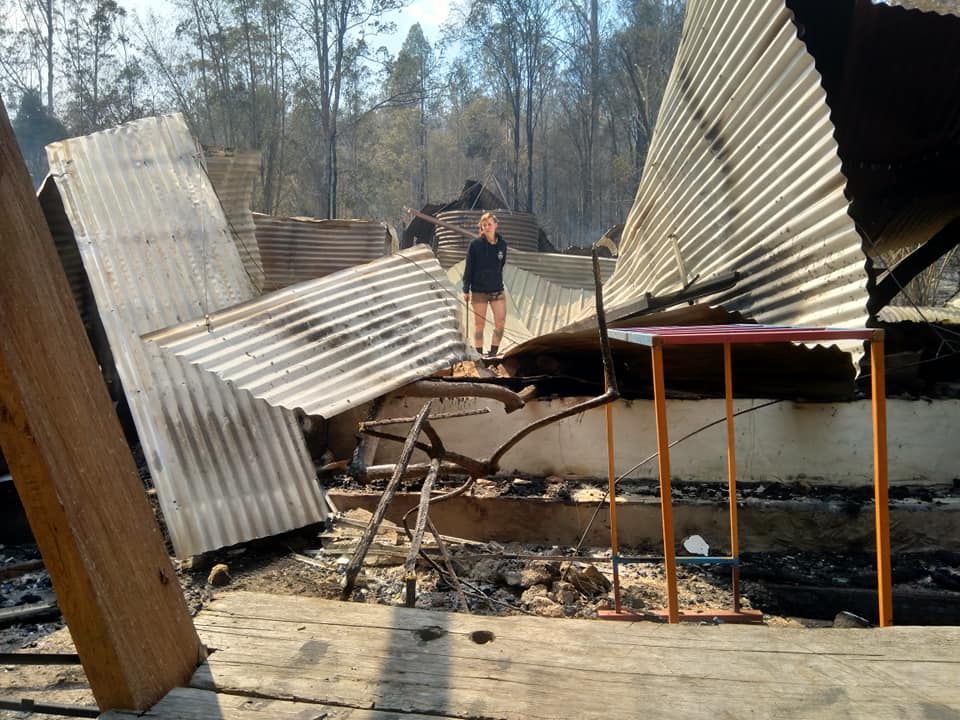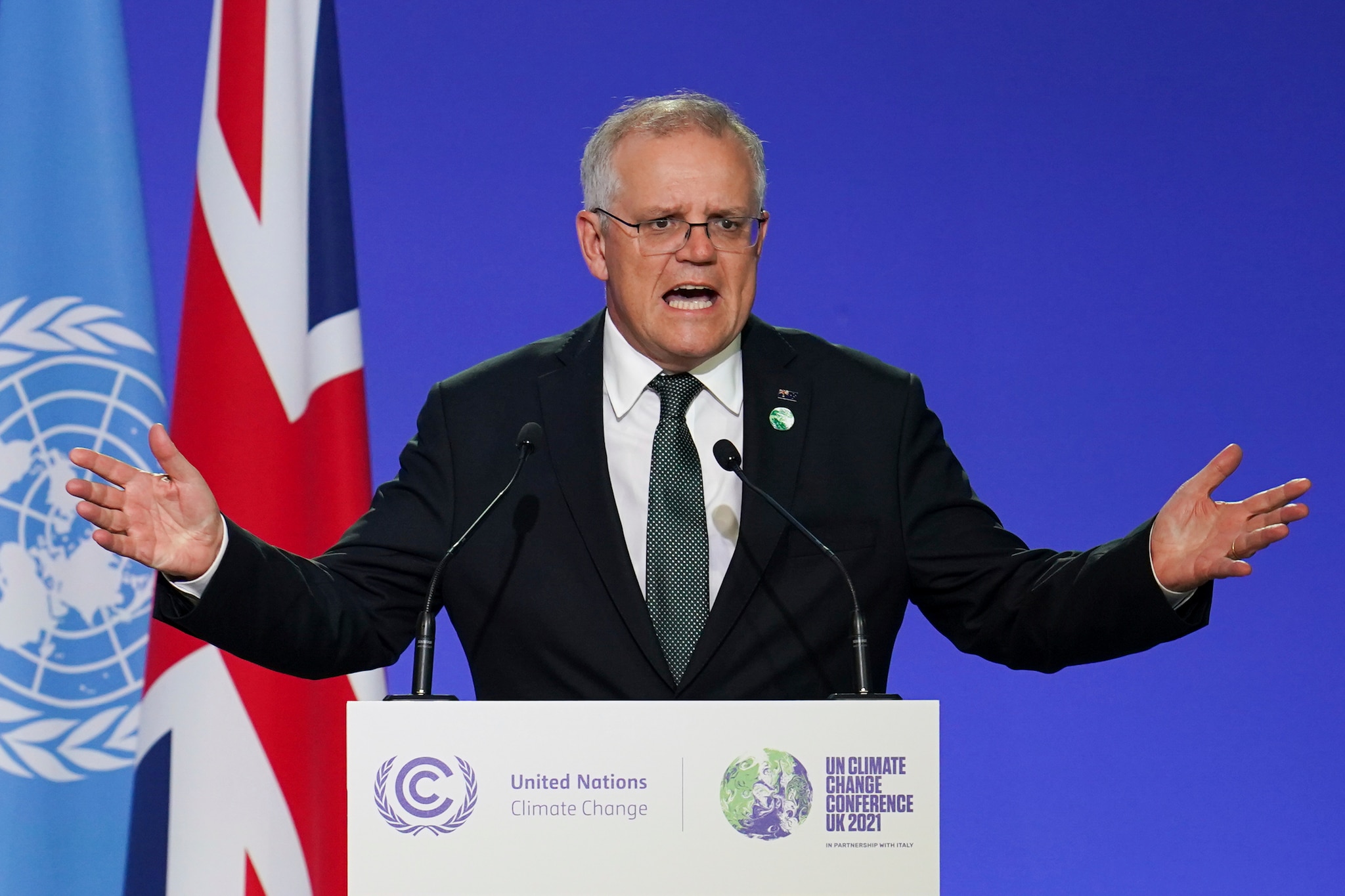Nathan Howes
Sat, November 13, 2021

This Day In Weather History is a daily podcast by Chris Mei from The Weather Network, featuring stories about people, communities and events and how weather impacted them.
The Nevado del Ruiz, also known as La Mesa de Herveo, is a volcano located on the border of the regions of Caldas and Tolima in Colombia. It lies around 129 kilometres (80 miles) west of the capital city, Bogotá.
Volcanic activity at Nevado del Ruiz began about two million years ago, since the Early Pleistocene or Late Pliocene era, with three major eruptive periods. This volcano had been dormant for almost 70 years. When it blew, it caught everyone by surprise and nearby towns were unaware.
The Nov. 13, 1985 eruption became known as the Armero tragedy -- the deadliest of its kind in recorded history. It claimed the lives of an estimated 25,000 people. (Jeffrey Marso/United States Geological Survey (USGS) geologist)
On Nov. 13, 1985, a small eruption produced an enormous landslide that buried and destroyed the town of Armero in Tolima. It became known as the Armero tragedy -- the deadliest of its kind in recorded history. It claimed the lives of an estimated 25,000 people.
The volcano continues to pose a threat to the nearby towns and villages, and it is estimated that up to 500,000 people could be at risk from lahars from future eruptions.
2021-11-07 · Nevado del Ruiz covers more 200 sq km and it is composed by 3 major andesitic and dacitic edificed of lavas and tuffs. The present-day cone is composed by lava domes built within the summit caldera of the older Ruiz volcano. Its summit contains the 1-km-wide and 240-m-deep Arenas crater. The prominent La Olleta flank cone on the SW flank was probably built in historic time. Nevado …
Nevado del Ruiz is a broad, glacier-covered volcano in central Colombia that covers more than 200 km2. Three major edifices, composed of andesitic and dacitic lavas and andesitic pyroclastics, have been constructed since the beginning of the Pleistocene. The modern cone consists of a broad cluster of lava domes built within the caldera of an older edifice. The 1-km-wide, 240-m-deep Arenas ...
Nevado del Ruiz Volcano Volcanic Ash Advisory: CONTG VA ...












